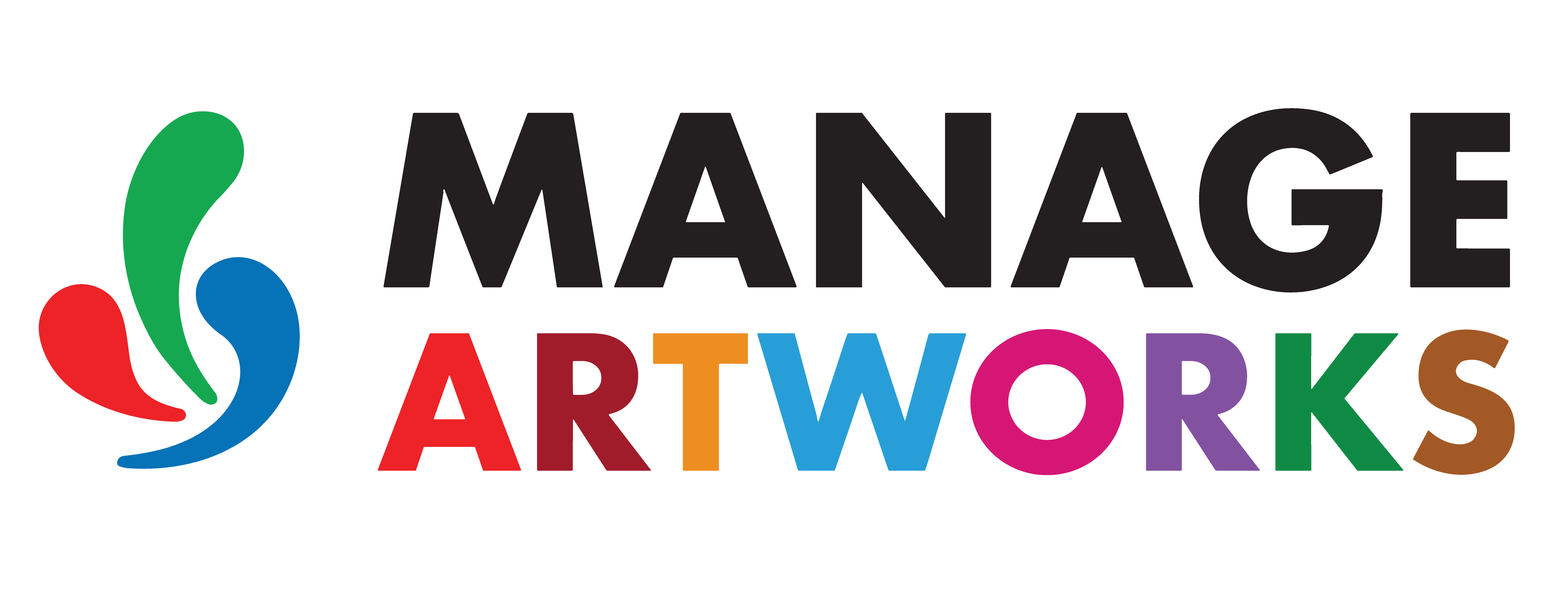PDF Standards and Versions
Although a PDF may appear to be a static, unchangeable document, its internal structure is composed of multiple layers — including text, images, fonts, metadata, and vector graphics. These elements can be extracted, analyzed, or modified programmatically.
PDF (Portable Document Format) is a file format developed by Adobe to ensure consistent document presentation across different devices and platforms. Over time, several standards have been introduced, each serving specific use cases:
| Standard | Purpose | Description |
|---|---|---|
| PDF 1.x (1.0–1.7) | General | Standard versions used by Adobe Acrobat. |
| PDF/A | Archiving | Ensures documents remain viewable and self-contained for long-term preservation. |
| PDF/X | Print Production | Standard for graphic content exchange, primarily in professional printing workflows. |
| PDF/UA | Accessibility | Designed to make documents accessible to users with disabilities. |
| PDF/E | Engineering | Optimized for sharing and viewing engineering and technical documentation. |
Why it matters for proofing?
Each PDF standard comes with its own constraints and optimizations. When working in regulatory, artwork, or print workflows, the chosen standard or version can directly affect proofing performance, visual accuracy, and file compatibility.
